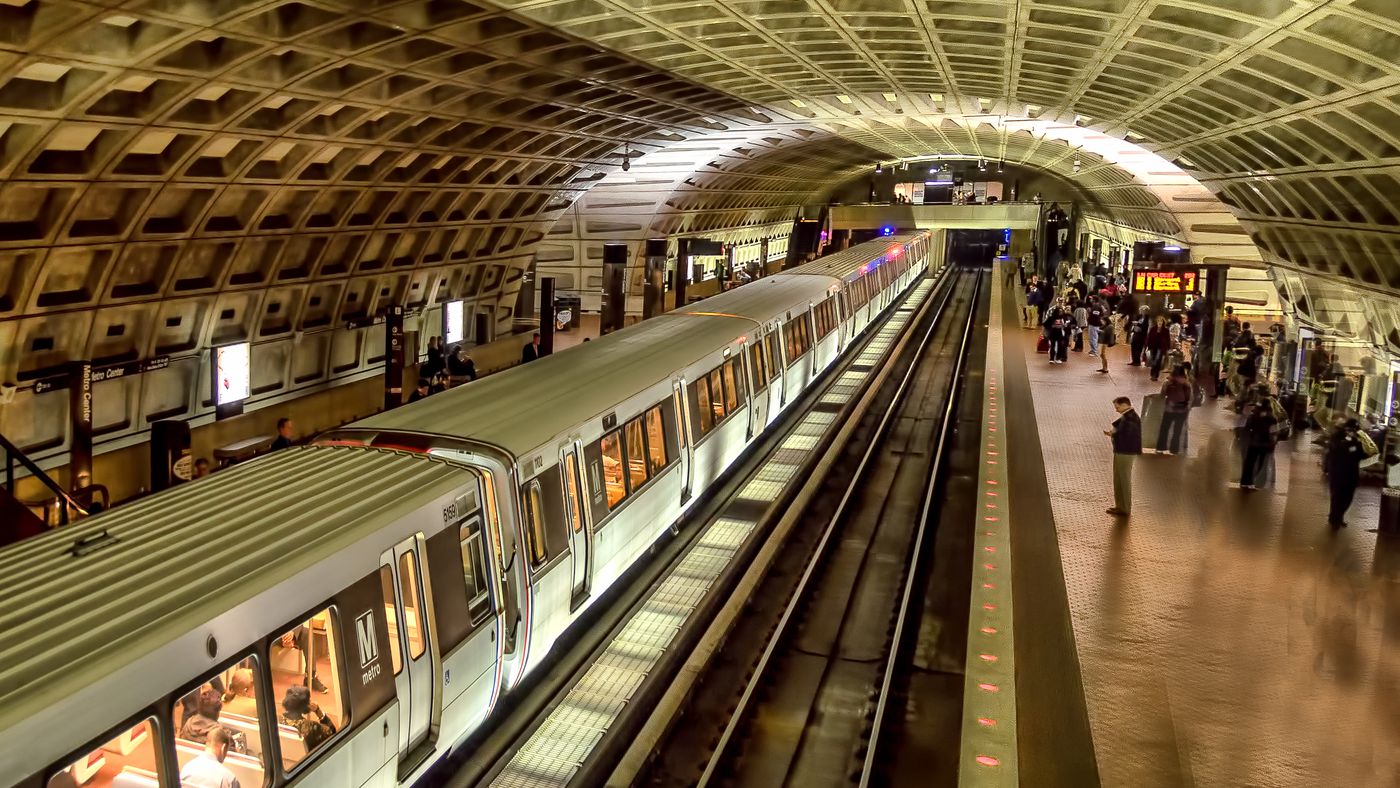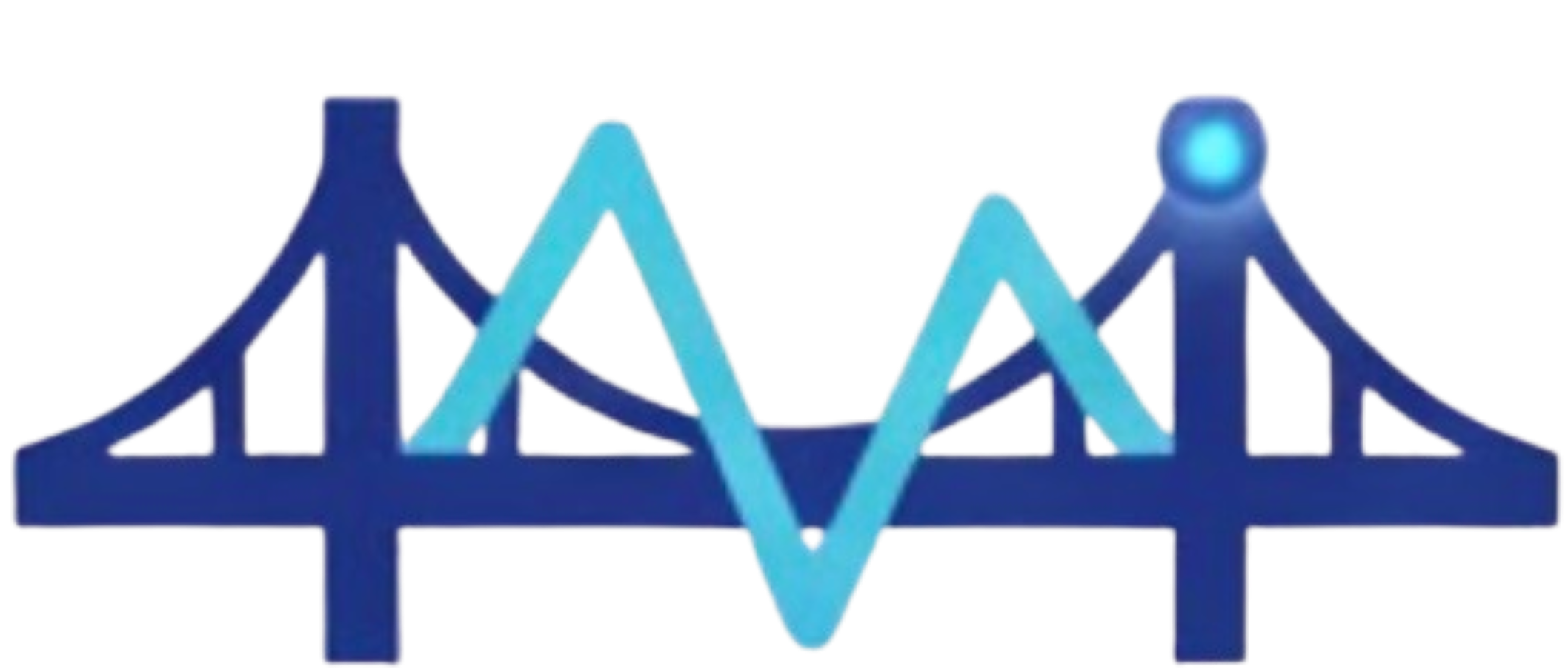
Subway and Metro Stations
Subway and metro station monitoring with platform sensors and crowd load assessment nationwide.
- Vibration Monitoring
- Displacement Monitoring
- Crack Monitoring
Request a sector consultation
Align your thresholds, instrumentation, and reporting with our PE-led team. We respond within one business day with tailored deployment options.
Subway and metro stations represent complex underground infrastructure where structural integrity is critical for public safety and system reliability. Transit authorities must monitor these facilities for tunnel stability, platform settlement, and vibration from train operations that could affect passenger safety. Our monitoring systems provide comprehensive assessment of underground structures, detecting ground movement, water infiltration, and structural degradation before they become safety concerns. We deploy sensors designed for harsh underground environments, with wireless data transmission through secure networks. Programs can be continuous for high-traffic stations or targeted for aging infrastructure. The result is enhanced passenger safety, reduced service disruptions, and proactive maintenance that extends the life of your transit infrastructure nationwide.
Popular Services in This Sector
Vibration Monitoring
Train operations create significant vibrations that can affect tunnel linings and station structures, requiring continuous monitoring to detect fatigue and prevent structural damage.
Displacement Monitoring
Underground stations experience ground movement from nearby construction and seismic activity, with displacement monitoring essential for detecting tunnel deformation.
Crack Monitoring
Concrete tunnel linings and station platforms develop cracks from ground pressure and water exposure, needing automated monitoring to prevent water leakage and safety hazards.
Settlement Monitoring
Platform foundations and tunnel supports settle over time due to ground consolidation, requiring precise monitoring for safety and operational continuity.
Strain Monitoring
Tunnel supports and platform structures experience strain from ground loads and train vibrations, requiring monitoring to assess structural capacity and fatigue life.
Inclinometer and Tilt Monitoring
Station platforms and tunnel sections can experience rotational movement from uneven ground conditions, with tilt monitoring providing early warning of structural distress.
Frequently Asked Questions
How do you monitor underground subway stations without disrupting service nationwide
We use wireless sensors installed during maintenance windows and fiber optic monitoring systems that don't require power in tunnels. Data transmission occurs through existing communication infrastructure nationwide.
What structural issues are most common in aging subway systems
Tunnel lining deterioration, platform settlement, water infiltration through cracks, and vibration damage from increased train frequency. We monitor these conditions continuously nationwide.
How does monitoring help with subway safety and regulatory compliance
Our data provides documented evidence of structural performance for safety certifications and regulatory compliance. This ensures passenger safety and demonstrates due diligence nationwide.
What seismic monitoring do subway and metro systems require
Seismic accelerometers on tunnel linings and station structures, with alert systems for earthquake-induced movement. This is critical for underground infrastructure in seismic zones nationwide.
Example of Our Capabilities
Sector Type
Subway and Metro Stations
Situation
Major metropolitan transit authority needs to monitor underground station for structural integrity during increased ridership and nearby construction
Our Approach
Install vibration sensors on tunnel walls, displacement monitors on platforms, and crack gauges on concrete linings. Establish baseline measurements and set alert thresholds for excessive movement.
Expected Outcome
Real-time structural dashboard for transit operations, automated alerts for safety concerns, and quarterly compliance reports for regulatory agencies nationwide.
